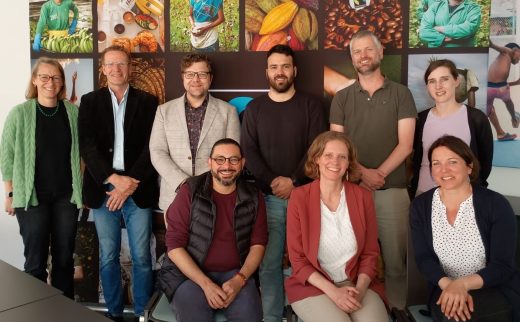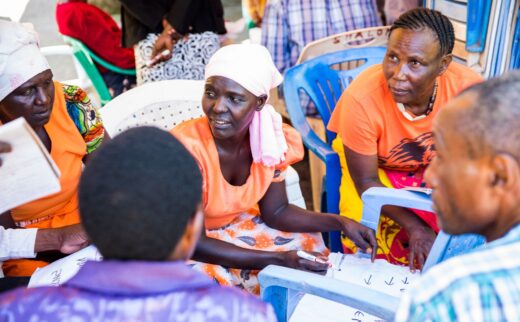Resilience in Coffee Farming: Balancing Basic Needs and Economic Realities
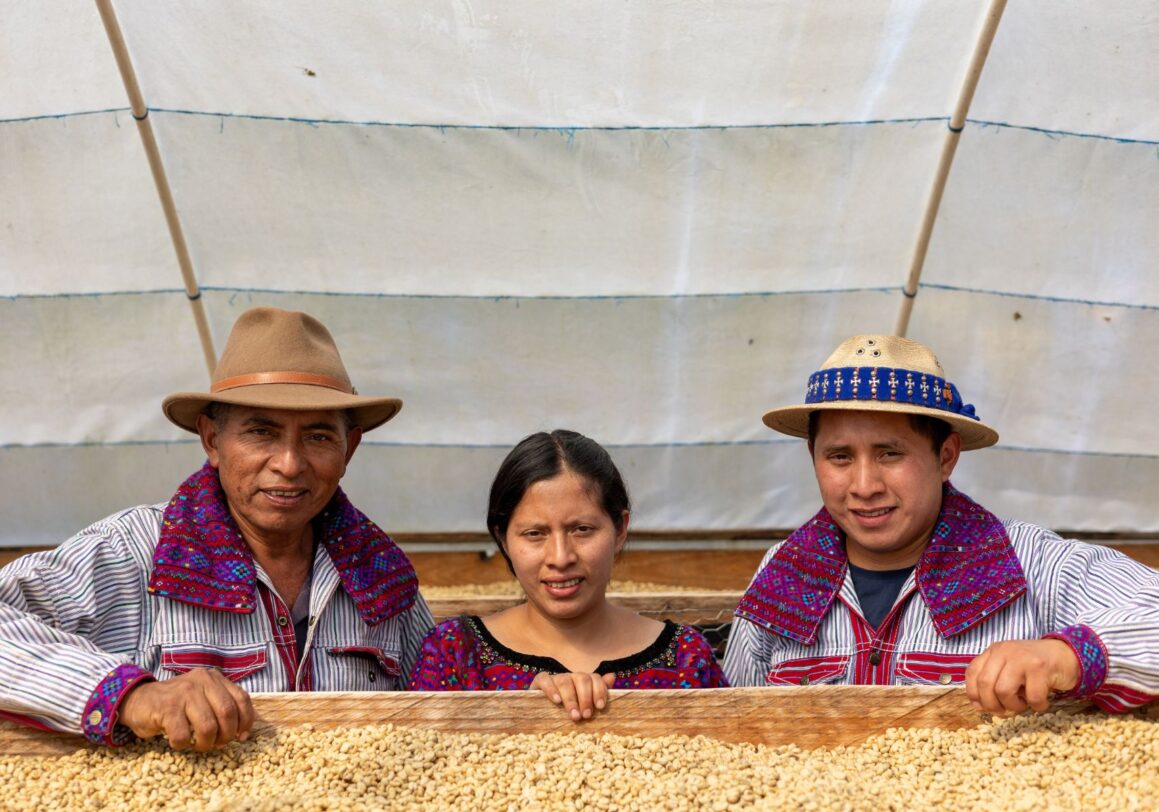
Debates about the coffee sector tend to focus on the needs of the coffee industry – such as securing supply chains, making coffee production more sustainable, and complying with regulations. However, smallholder farmers are by far the largest group of actors in the coffee sector. Almost all of the 12.5 million coffee farms worldwide are smallholder farms. To make coffee production sustainable, it is crucial to understand the real challenges and needs of the women and men, who produce up to 80 percent of the world’s coffee.
To better understand the impacts of climate change on coffee production, and – on top of that – the different challenges and needs that streamline the coffee sector throughout the value chain, diverse aspects have to be structured in a meaningful way. Therefore, it is necessary to work with basic definitions and categorizations, while simultaneously structuring the main challenges for the respective stakeholders and the contradictions that arise from their differing expectations.
Dr. Janina Grabs, Assistant Professor at the ESADE Business School, Barcelona, outlines the common aim of all stakeholders as enhancing resilience to climate change. Creating a level playing field, she defines a system as resilient if it can absorb disturbances and reorganize while undergoing change. It must retain its essential function, structure, identity and feedbacks though. This sounds stern and it is – especially as there are as many systems striving for resilience in the coffee sector as there are actors along the coffee value and supply chains.

Resilience can be defined as the capacity of a system to absorb perturbations or disturbances and reorganize while undergoing change, so as to still retain essentially the same function, structure, identity, and feedbacks.
THREE FUNDAMENTAL LEVELS WHERE RESILIENCE AGAINST CLIMATE CHANGE IS NEEDED
There are three fundamental structural and geographical levels where resilience has to be achieved in order to uphold a lively and efficient coffee sector:
Resilience on the local level centers around the ability to accomplish or maintain a sustainable livelihood of coffee farmers “where the living income is derived from a variety of on- and off-farm activities” as Grabs puts it. In the best of circumstances, this will be realized within a healthy local environment.
Resilience on the – national – level of origin is defined by a coffee sector that “contributes to the respective national gross domestic product (GDP) and allows for foreign exchange earnings”. However, in order to become rural development drivers, coffee sector policies in the countries of origin have to be complemented with other suitable policies, i.e., meaningful investments in infrastructure, health, and education.
Last but not least, resilience on the global level comprises the international coffee segment that needs to meet future demand reliably, whilst preserving the product diversity in the countries of origin and smoothening boom and bust cycles – the latter being in the interest of every stakeholder in the whole sector.
ENHANCE STABILITY, REDUCE VULNERABILITY, OR EVEN TRANSFORM?
The question “What kind of resilience to climate change is needed and for whom?” reflects that while many smallholders may be able to adapt by coping with climate change and adjusting to it, on the other hand, large areas may become unsuitable for coffee production. Where this is the case, it may become necessary for farmers to grow other cash crops and thus to entirely transform their businesses in order to maintain their livelihoods.
A second essential point is the question: “Are activities to increase climate resilience at one level compatible with increasing resilience at another level?” Perspectives on this issue vary greatly depending on the local situation and on the stakeholder group (i.e., coffee buyer, roaster, farmer) to which the actor belongs. A harmonization of the different approaches remains challenging. However, it is uncontroversial that the resilience of the coffee sector as a whole can only be achieved if there is resilience at the community level first.
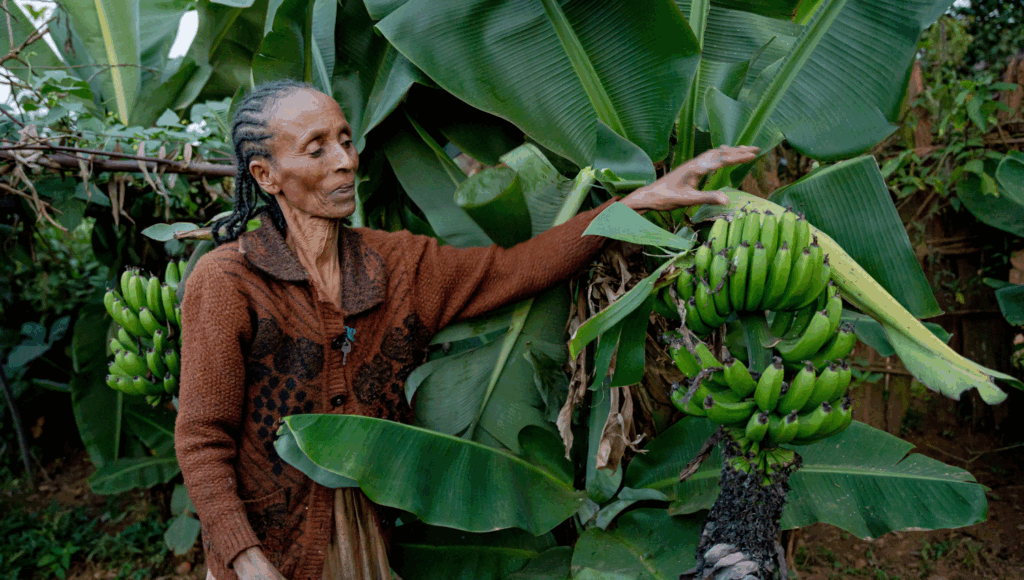

But the social, economic, and political aspects are merely one side of the medal. There are biological and agricultural dimensions of resilience against climate change, that must not be neglected. Dr. Christian Bunn, Scientist, Alliance of Bioversity International and CIAT, Cali, Colombia, identifies biotic stress, pests and diseases, and landscape-scale impacts as the main driving factors for changing coffee farming patterns due to climate change. An aggravating aspect is the fact that much coffee is grown on marginal land, which is less suitable for coffee plants.
THE IMPACT OF CLIMATE CHANGE ON ARABICA PRODUCTION WILL PROBABLY BE NEGATIVE
Bunn predicts that the global impact of climate change on Arabica production will probably be negative: Most of the coffee growing areas in Brazil are affected as well as in Central America, and Africa (except in the east of the DR Congo and Ethiopia). Bunn expects mixed results of climate change on regional coffee production in Southeast Asia. As a whole, Bunn foresees “diminished growth chances in the coffee sector although economic and population growth will drive coffee demand for the foreseeable future”.

While low impacts of climate change allow for incremental adaptation, intermediate impacts require large adjustments. In cases of serious climate-change impacts, any adaptation strategy may become infeasible.
While the climatological challenges for coffee production are rather well known, many aspects of the implementation of climate change adaptation strategies are often overlooked. To adapt successfully, multiple time scales need to be observed:
- The operational scale comprising days to weeks as climate patterns might become less predictable i.e., for starting the planting season or choosing a date for applying fertilizer.
- The tactical scale comprising at least one season when expecting larger climate events like El Niño or La Niña i.e., for crop rotation and/or diversifying (cash) crops.
- The strategic timeframe encompassing decades i.e., for developing agroforestry and tropical climate-smart coffee regions.
SCALING UP ADAPTATION
Another neglected aspect of climate change adaptation is the challenging task to scale up new improvements after a project or a best practice has been successfully implemented. Bunn suggests a two-pronged approach:
Beforehand, a top-down risk assessment is needed to answer three fundamental questions: “What are the climate characteristics in the region, what is their impact, and are there any specific hazards that need to be taken care of?” as Bunn puts it.
Only then solutions can be worked out – bottom up. The future set of practices must be (economically, socially, and culturally) acceptable for the region. Its “benefits should be staggered observing a suitable timing and practices must be linked to possible hazards”, Bunn recommends. Additionally, cost and barriers for the farmers have to be taken into account which have to be specifically targeted and countered by streamlining incentives. Thus, Bunn assures, “scalable solutions that respond to site- and actor-specific challenges” become feasible.

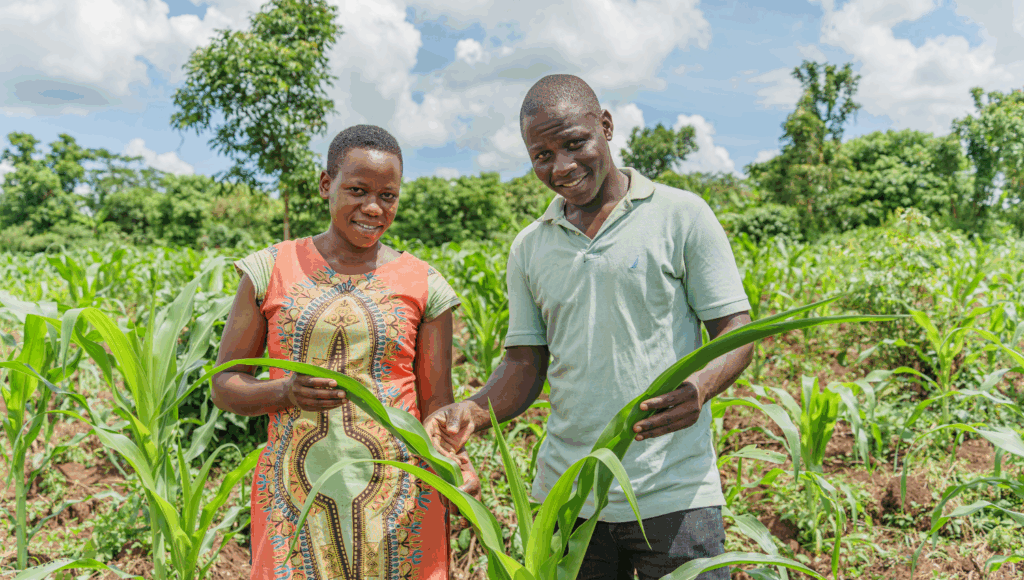
However, with the notable exceptions of Mexico and Vietnam undernourishment of populations grew in many important coffee-growing countries between 2016 and 2020 (Brazil, Colombia, Ethiopia, Guatemala, Honduras, Indonesia, Nicaragua, Peru, Uganda). “Most farmers experience around three and up to even eight months of extreme food scarcity each year”, Dr. Tina Beuchelt, Agricultural Scientist and Project Manager at the Center for Development Research, (ZEF) in Bonn, Germany, relates results from her research. She sketches out a gloomy picture of the situation of coffee farmers around the world.
A VARIETY OF REASONS FOR FOOD INSECURITY
An unsettling variety of reasons cause food insecurity in coffee farming. The most important are volatile prices for green coffee including periods with prices below production costs accompanied by high coffee dependence of the farmers. The low farm diversification results in limited options for diversification on- and off-farm. Further reasons are poverty and indebtedness, labor shortage and/or small plot sizes. A lack of infrastructure and limited governmental support for the sector often exacerbates the situation of smallholders who also have to cope with rising food and input prices due to major shocks on supply chains i.e., Covid-19, the Ukraine war, and the debt crisis of developing countries.

As long as there is hunger in agricultural value chains, families rely on their children for income generation, farmers cannot invest in sustainability and technology and ecological damage and deforestation will continue.
However, Beuchelt remains convinced, that addressing food security and Human Rights Due Diligence in the coffee sector is possible. She suggests making use of the so-called Food Security Standard (FSS) which can easily complement other social and/or ecological sustainability certifications. The FSS does not come with its own logo or certifying body. Instead, it is an Add-On Standard designed to be integrated in any existing sustainability standard in the agricultural sector. It is applicable to all agricultural products, farm sizes, and business types. Certified producers can prove to supply chain actors that food security is maintained in their business.
The FSS addresses Human Rights issues holistically. It is streamlined to meet national and international supply chain principles that represent growing challenges within the coffee value chain. At its core, the standard consists of a toolbox for risk analysis, risk assessment, management guidance, and monitoring. To facilitate its effective implementation, the FSS can be easily carried out within a combined audit process. Its practical feasibility is proven as FSS-certified coffee is already available in the market. However, to become a standard procedure in the coffee supply chain, a complementing demand of buyers, roasters, and consumers is necessary.
DIVE DEEPER INTO THE TOPIC WITH THE RECORDING OF OUR SYMPOSIUM:
You are currently viewing a placeholder content from YouTube. To access the actual content, click the button below. Please note that doing so will share data with third-party providers.
More Information